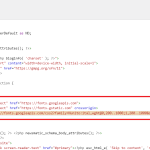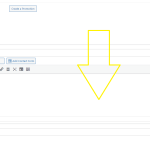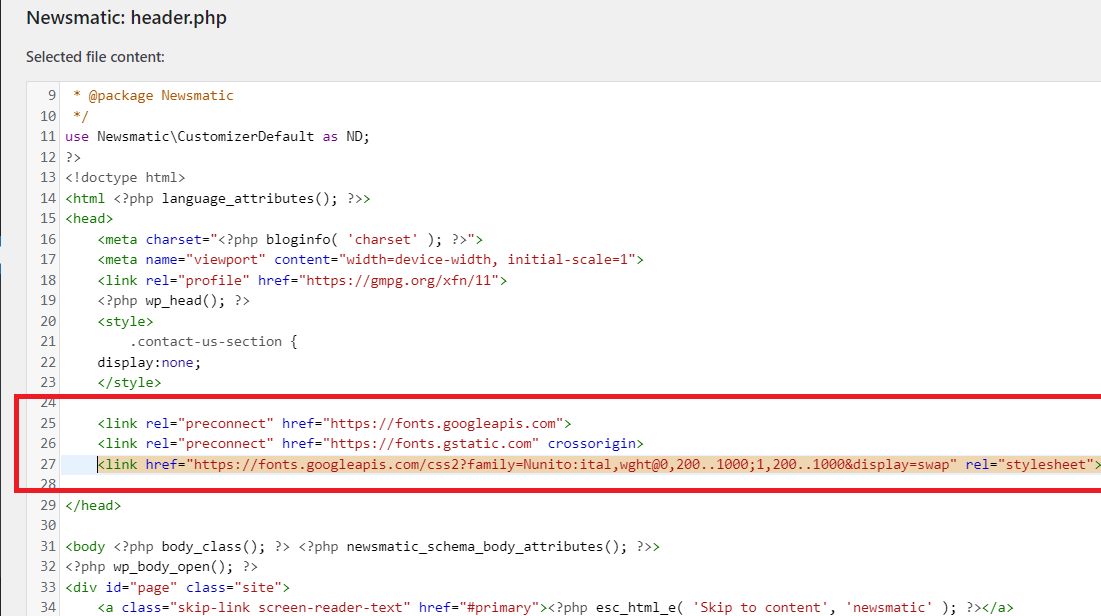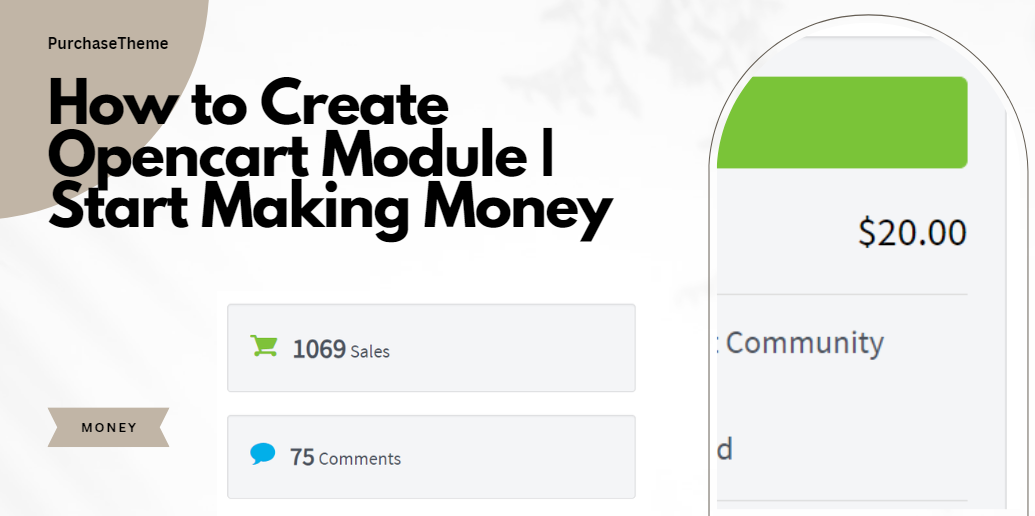Just about every aspect of digital commerce has evolved in the past 2-3 years from AI and digital wallets to mobile and social integrations. Here are some of the major changes that will influence ecommerce in 2018.
Anyone who is planning to setup a brand new ecommerce business in current 2018, it is important for them to understand what are the new changes evolved in last 2 to 3 years and where it is now. Let us look at the new features of ecommerce that is evolved and can impact your current business growth.
Due to increase of smart phone and ecommerce has been adapated by major part of world and now it is continuely increasing day by day but, still it did not reached to a saturation points as big player of ecommerce market like Alibaba is forcing other to compete them.
Therefore, few things are more commonly raised to achieve and compete the big players:
– The customization level is increased dramatically as you can see very quick changes in the version of ecommerce platforms in the previous years like moving forward to template engines from structure point of view. In build chat system etc.
– The use of digital wallet is also increased as it easy and quick way of doing payment. The eCommerce platforms are now adding more and more payment gatways preintegrated so, that they can capture the major part of the transaction methods. Right now, It’s a sign for upcoming startups to invest in payment features that customers already expect.
– New improved dashboard with built-in analaytics system is also playing crucial role in increasing the conversion rate. It is important because if did not collect the it is really diffcult for you to understand the customer’s behaviour towards your website.Simply put, a focus on analytics is important to run an ecommerce business successfully.
– As the industry of sale & purchase is increasing people use Mobile Devices to purchase the product as this is really a convenient way of of shopping. But, we normally ingore them but, we need to thank to ecommerce industry that they are creating more mobile friendly or we can says responsive UI those are fit to any kind of mobile browser so, the conversion via mobile device can be successfully recorded.
Keeping in mind the recent developments, We have assembled a list of top five ecommerce platforms that can help you get started in 2018.
1. Opencart
OpenCart is an online store management system. It is PHP-based, using a MySQL database and HTML components. OpenCart was originally developed in 1998 by Christopher G. Mann for Walnut Creek CDROM and later The FreeBSD Mall.
The Good Thing about:
– It is freely available under the GNU General Public License.
– OpenCart uses fraud management services such as FraudLabs, ClearSale and Global Payments to review customer orders.
– It requires less man power and really a cost effective framework.
– Recent opencart 3.0.x.x has been introduced with template engine which provides really a good speed and improve the performance.
– Development is cheap from technology point of view due to easy MVC structure.
The Bad Thing about:
– Multivendor extension for opencart is not free though you can download it for $150 to $300 as per your requirment.
2. Magento
Released in March 2008, Magento is an open source ecommerce website platform. Its reliability and scalability has made it one of the most popular ecommerce platforms available today. Many prominent names such as Burger King, Huawei, Pepe Jeans and Liverpool F.C. have their websites built on Magento.
The Good Thing about:
– Open source and unlimited customization options.
– Usability and Manageability.
– More than 9000 plugins and extensions to make room for scalability.
– Free social media extensions.
– Extensive resource library for demos, new plugins, store management and everything around ecommerce stores.
The Bad Thing about:
Using Magento is not for everyone, especially if the store owner is not a programmer, or doesn’t have a team of programmers working on his or her team. And then there’s the price tag; the basic version is free, but getting an enterprise version means you’ll need to shell out at least $20,000/year. If you don’t have programmers on staff, be prepared to invest in third-party programming costs as well.
3. Shopify
A Canadian-based ecommerce solution, Shopify has been helping online businesses across the globe with a sharp focus on the trending social commerce and mobile shopping. Founded in 2004, Shopify has always kept up with the pace of evolving ecommerce trends and technologies, having broken ground on powerful additions such as social shopping whereby your customers never leave their social media platform in order to buy from you.
The Good Thing about:
– Abandoned cart recovery.
– The plethora of themes, plugins, and extensions.
– For $9, you can integrate Shopify directly with your FB account and make it an ecommerce store.
– Mobile-friendly shopping cart, seller mobile apps and many other mobile-based features available.
Round the clock technical support via live chat, phone as well as tutorials, along with their powerful Shopify community forum.
The Bad Thing about:
Even with all the advantages of Shopify mentioned above, there are some downsides with the platform. The most prominent downside is the additional transaction fee you’ll be liable to pay if you don’t use Shopify Payment. Moreover, plenty of useful and practical extensions require additional investment. Perhaps most challenging is “Liquid,” Shopify’s own coding language, which requires ecommerce store owners to pay an incremental price for customization.
4. WooCommerce
A free WordPress plugin, WooCommerce is a name that needs no introduction in the world of ecommerce. It comes along with a secure payment gateway and a shopping cart that both work really well. Open source and easy to use for WordPress aficionados, WooCommerce needs an additional plugin to start a multi-vendor ecommerce store.
The Good Thing about:
– Easy to manage admin panel.
– Unlimited product categories.
– Extensive range of plugins and extensions of all sorts.
– Secure payment gateway.
– Good shopping cart.
The Bad Thing about:
Installing WooCommerce is free, but integrating the shopping cart completely with the system requires additional investment. Moreover, if you don’t know WordPress, you won’t know how to use WooCommerce. But the biggest problem with WooCommerce is its lack of scalability; as your business grows and you get more sellers, products and customers on your database, WooCommerce starts slowing down.








